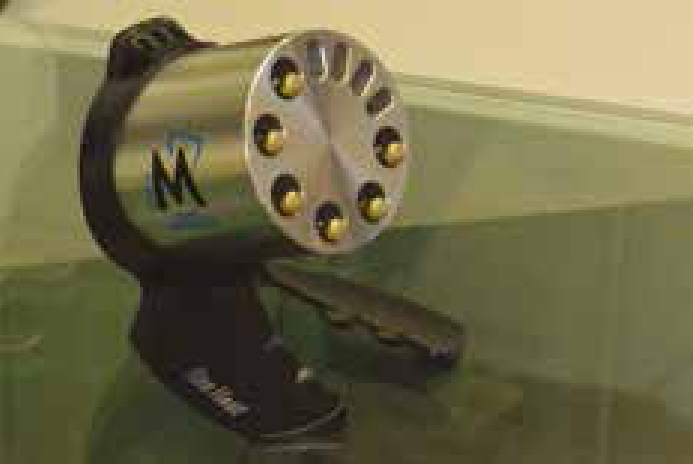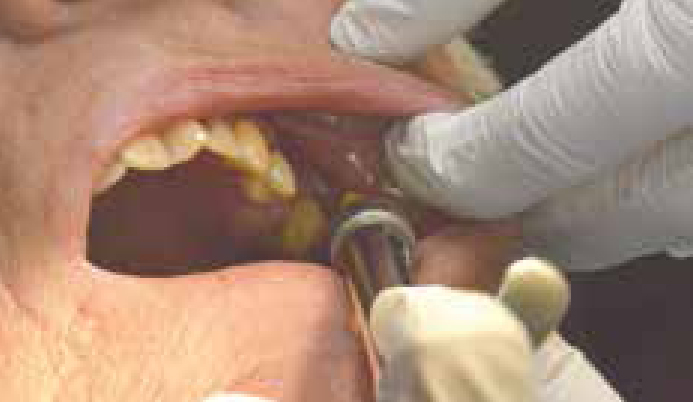Article
Local anaesthetic injections are some of the most feared procedures by patients in dentistry. Warming the local anaesthetic solution prior to injecting can play a role in reducing pain during local anaesthetic delivery. Distracting our patients by means of stretching the oral mucosa and applying the Gate Control theory can make this procedure more comfortable and acceptable.
Almost every dental practitioner has come across needle phobic patients who demonstrate extreme hysteria at the thought of receiving local anaesthetic for treatment. Many of these patients have a cemented fallacy with regards to the pain from a local anaesthetic injection in delicate areas of the oral cavity. Local anaesthetics are weak bases constituted in an acidic solution. Once injected, the solution quickly takes on the pH of the surrounding tissue and this dissociation causes the local anaesthetic to become active. Pain during local anaesthetic administration is incurred as a result of the combination of needle insertion and the acidic nature of the local anaesthetic solutions when injected into tight tissues.1,2
The distraction anaesthesia technique aims to distract the patient from possible pain experience during dental local anaesthetic procedures.
Warming of the local anaesthetic cartridge
Local anaesthetic cartridges can be warmed prior to injecting either in a dedicated local anaesthetic warmer (Figure 1) or a sterile temperature controlled water bath. Studies have shown that warming local anaesthetic solution between 37°C and 42°C can significantly reduce the pain of injection during local anaesthesia.3,4,5

Stretching the oral mucosa
A short, fine 30 gauge needle is chosen for buccal infiltration. The buccal mucosa around the injection site is stretched and the needle advanced simultaneously; this is done in one move. This manoeuvre distracts the patient from the potential pain incurred on needle advancement and piercing of the buccal mucosa. Delivery of local anaesthetic can now begin at 1 ml/min rate.
Gentle rubbing of extra-oral skin
Thumb and fingers can be placed extra-orally and a gentle rubbing motion initiated. Rubbing motions stimulate the Aβ afferent fibres on the skin and inhibit the transmission of pain signals via the C fibres of the oral mucosa (Figure 2). This theory of pain inhibition by activation of non-noxious stimuli was first proposed in 1965 by Melzack and Wall and is referred to as the Gate Control Theory.6

Once the local anaesthetic procedure has been completed, the operator must allow sufficient time for the local anaesthetic solution to anaesthetize the region and no treatment should be initiated until this has been fully achieved. The author recommends the use of topical anaesthetics in very nervous and anxious patients prior to injection. This technique works well with buccal infiltrations, as well as mental nerve blocks in the mandibular premolar region. Some of the most commonly used topical agents are Lidocaine 5%, EMLA 5% and Benzocaine 20%. The literature remains divided as to which topical agent has better efficacy in pain reduction; however, two minutes of topical anaesthetic application is a reasonable recommendation in order to diminish pain from needle insertion.7,8,9
Dentists should aim to practice painless delivery of local anaesthetic whenever possible in order to diminish the possibility of pain being associated with future dental treatment amongst our patients.

